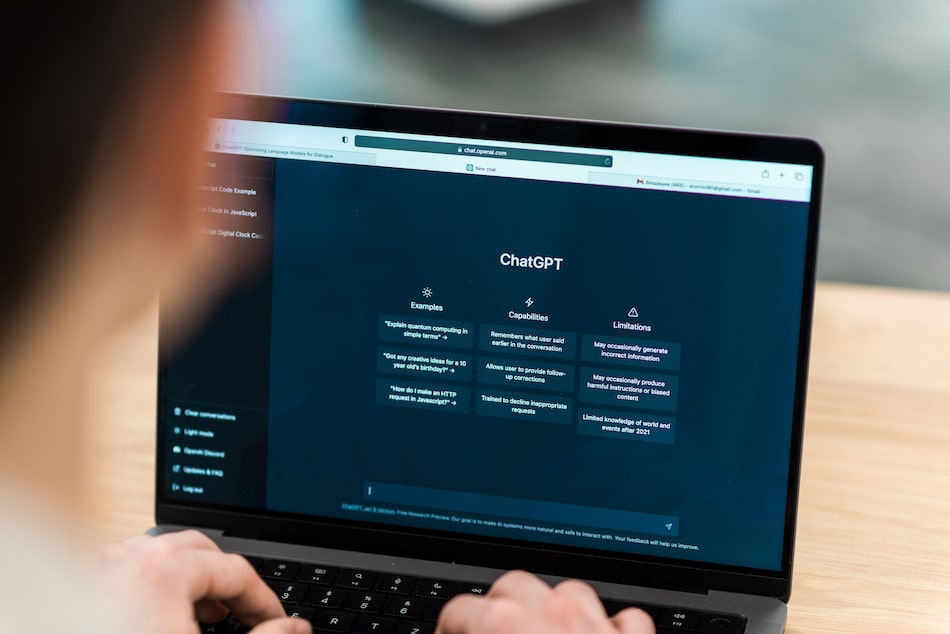Key Takeaways
As the skills gap widens and competition for top talent intensifies, companies must reassess their recruiting habits and strategies. Unsurprisingly, the post-pandemic world is unlike what we’ve known in the past. Many businesses struggle to adjust to what’s known as “new norms” due to the pandemic’s impact. Unfortunately, less agile companies with outdated hiring trends will face an uphill climb. Here’s what we know about post-pandemic hiring trends and how to embrace the talent war successfully.
Understand the Sudden Changes in Recruiting Trends
Many companies struggle to fill positions with the mass exodus of skilled workers. A Korn Ferry report suggests that, by 2030, more than 85 million jobs could be unfilled because of talent shortages and job hopping. What’s more, many companies lack the correct data to make decisions about new talent in the first place.
Insufficient data may have been acceptable pre-pandemic. However, the world of work has now changed forever, with flexible and hybrid opportunities leading the way. With an evolving workforce, companies must revise their traditional practices and turn to faster and more reliable candidate insights to make informed hiring decisions.
According to a Forrester report, 80% of hiring leaders want to improve hiring speed and the quality of recruitment processes to meet changing demands. They cite integrated tools and artificial intelligence (AI)-enabled features as ways to reduce manual work and unconscious bias. Organizations that will thrive must know how to deliver a 100% digital experience.
Considering all these recruitment demands, you can see why employment practices liability insurance (EPL) comes in handy. It offers robust coverage for fast-tracking, digital businesses’ hiring and firing processes, code of conduct, and workplace standards.
Keep Current on the Latest Recruiting and Hiring Trends
Recruitment is an ever-evolving sector. The following are current hiring trends that CEOs, hiring leaders, and recruiters should know.
Accept that remote work is king
A recent FlexJob survey found that 58% of professionals would look for a new role if they were not allowed to continue working remotely. Realistically, jobs allowing part-time or full-time remote work are far more likely to get applications than in-person roles. But the organizations championing remote work need to be specific about how many days employees must work on-site and outline their remote work policy.
Search for passive candidates
With the demand for talent going through the roof, companies can no longer afford to sit around waiting for applications to come in; they’ve got to get their hands dirty. Using LinkedIn and job boards can help recruiters understand potential candidates’ motivations. And they can go even further by leveraging data analytics and AI technology, like Ceipal or Vervoe, to uncover qualified candidates who may not be actively looking for jobs.
To find untapped talent and get them to apply to your organization, you have to build relationships with and engage candidates proactively — and this approach requires recruiters to understand their organization’s long-term needs.
Perfect the candidate experience
Remember, the best candidates are only in the market for an average of ten days. So, minimize poor hiring experiences to prevent losing top candidates. For interviewers to do this, they must be transparent about candidates’ application progress, flexible from the get-go, open about discussing the next steps, and ready to speed up the hiring process.
Can you help the candidates find their best fit within your company? Technology can also streamline the experience with online assessments, chatbots, and automated interview scheduling. It can also help you think broader and hire for your organization instead of individual roles.
Give data-centric hiring a shot
Recruiters can’t do it all; they need to take some things off their plates. So, as the digital revolution continues, recruiting and hiring will become more data-driven. But let’s be clear; the human touch can’t be replaced, either.
One of the main pain points for companies is reliance on many hiring tools as the stakes for talent decisions continue to rise. Plus, they are all loosely connected, meaning more data-related obstacles.
All-in-one HRTech platforms that can scale with companies are essential to provide in-depth insights about prospective candidates rather than recruiters just following their intuition. Companies should look to leverage data, automate daily administrative processes and reduce the workload on human resource staff.
The right AI tools can empower teams to adapt to tomorrow’s hiring needs, boost remote hiring capabilities, and improve candidate experience.
Brand yourself as an employer of choice
Leading companies have dedicated career pages to showcase what makes them unique as employers and to stand out from the competition. These pages are often full of employee testimonials, videos, descriptions of company culture, and a defined employee value proposition (EVP).
Potential employees can quickly learn the benefits they’ll receive for their dedication and capabilities. Engaging content on social media can also help to share company values and spread the message for future recruitment drives.
Rely on Risk Management for Effective Hiring
Simply put, risk management is all about searching for potential risks and finding the best ways to handle risk before they occur. For hiring teams, risk management can often be an afterthought.
However, proper coverage in this area means everyone — from part-time employees to the C-suite level — is considered. Here’s a quick rundown on how EPL coverage can help to mitigate risk and enhance recruitment drives.
Update EPL insurance coverage to remain compliant
Companies with one or more employees can face challenges like employment-related disputes. But it’s especially during hiring that employers can unknowingly overstep candidates’ rights.
For example, imagine a group of people who thought they were denied employment based on their race and ethnic background. They could sue the company for ethnic and racial discrimination, with defense costs and settlements around $200,000. And that’s just for starters.
EPL insurance covers businesses against claims that employees or candidates make against their employer. Admittedly, it’s tough to know where to begin finding the right coverage to fit these post-pandemic scenarios — but finding the right insurance doesn’t need to be a painful process.
At Founder Shield, we aim to make covering your assets a streamlined and intuitive experience through our custom-built online portal, where you can get quick quotes. No two companies are the same, so we engineer your risk management strategy to bring you the best possible coverage.
Fine-tune hiring and onboarding with a company handbook
When safeguarding your business, EPL coverage can help you navigate the murky waters of employment law. It can also let you know what to include in your company handbook.
Often seen just as an educational document that teaches employees about company culture, a company handbook is the first place individuals go for legal clarification. Therefore, companies can also include hiring policies and procedures here.
Pro Tip ↓
Learn more about what an employee handbook can do for your company in the post EPL Coverage: How Does Your Employee Handbook Measure Up?
Putting a handbook together can assist a company with compliance issues relating to laws and regulations while also shaping the company’s mission and values — essential ingredients for successful recruitment drives.
Understanding the details of what coverage your company needs can be confusing. Founder Shield specializes in knowing the risks your industry faces to make sure you have adequate protection. Feel free to reach out to us, and we’ll walk you through the process of finding the right policy for you.
What to know more about EPL insurance? Talk to us! Please contact us at info@foundershield.com or create an account here to get started on a quote.











